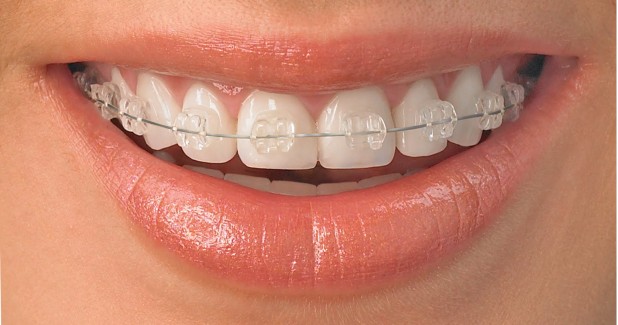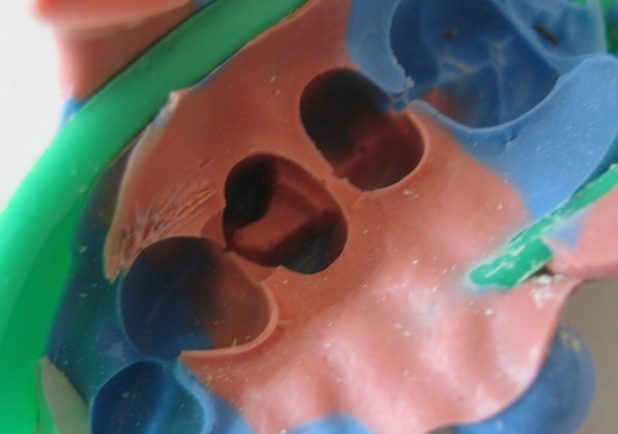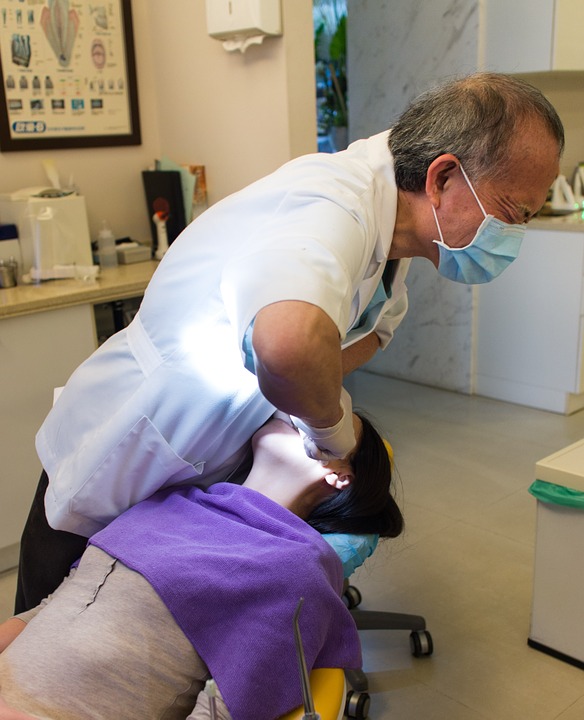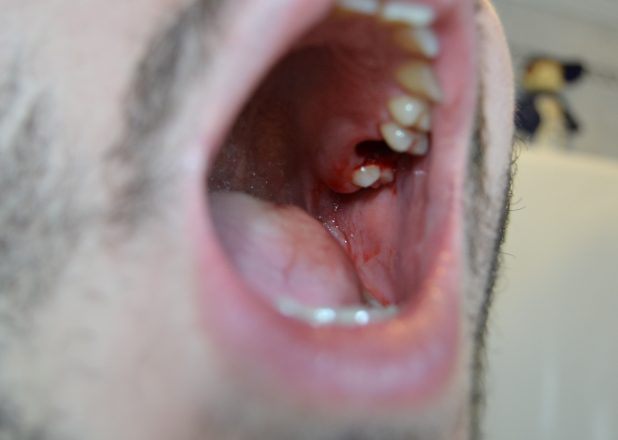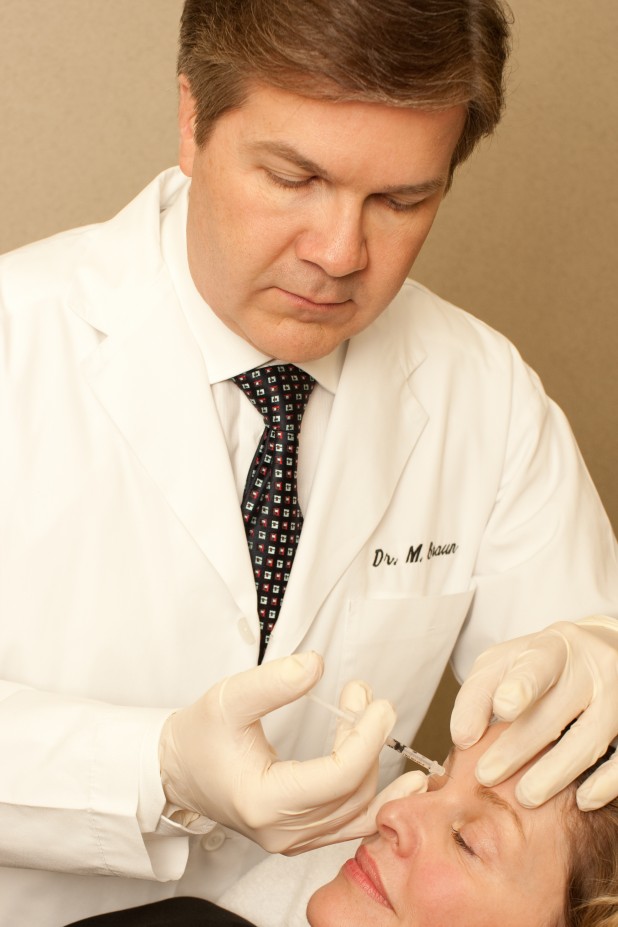Cosmetic dental treatments have become more popular over recent years, with increasing numbers of people striving to achieve a more attractive smile. There are numerous benefits of cosmetic dentistry and a broad spectrum of treatments which can be carried out at a range of prices to suit all budgets.
Veneers
Veneers are one of the best ways to restore the appearance of cracked, chipped, worn or stained teeth. They are also a good way of improving the look of crooked teeth and disguising any gaps. There are several types of veneers including Lumineers which are made from very thin porcelain, Da Vinci veneers and MAC veneers which are made from a strong ceramic that is especially resistant to staining. Veneers cost around £350 to £450 per tooth.
Tooth Whitening
Tooth whitening is one of the most common cosmetic dental treatments in the UK today and is often the preferred corrective choice for those who have stained teeth. A professional bleaching treatment is applied to the teeth by a qualified cosmetic dentist with further treatments being applied at home. There are also laser whitening treatments available, however this is more expensive than the conventional bleaching option. The cost of tooth whitening can range from £300 for a basic treatment up to £1,000 for one of the more advanced alternatives.
Tooth Straightening
For those with crooked, crowded or tilting teeth, professional tooth straightening is the ideal solution. While veneers may improve the look of some crooked teeth, for other patient’s, orthodontics is required to achieve the best results. While traditional metal braces are one option, today it is possible to opt for Invisalign braces which are virtually invisible and which are a lot more convenient for adult wear. This treatment can cost from £1,000 to around £8,000 depending on the chosen method, practitioner and region of the UK.
Crowns, Caps and White Fillings
For anyone with broken or badly chipped teeth, a cap or crown could resolve the problem. In this treatment, the tooth is covered by a porcelain crown or cap which restores the appearance of the tooth. For patients with small gaps or chips in their teeth, white composite fillings can be used to give the teeth back their previous look. White fillings can also be used to replace existing amalgam fillings for a more natural appearance. White fillings can cost from £95 per tooth, while the price of a crown starts at £400 each.
